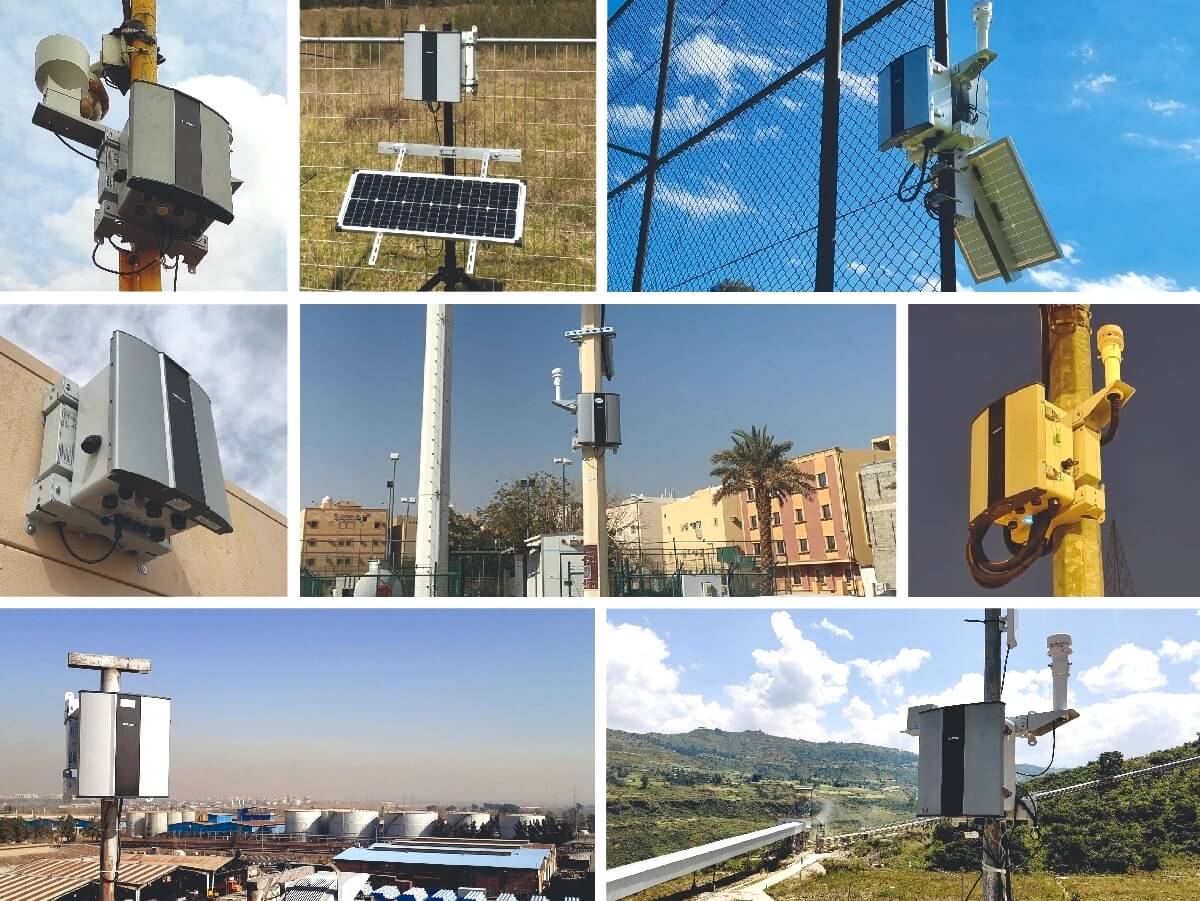
What comes to mind when you hear the word “smart city”? Maybe a futuristic and technologically advanced city? Perhaps a simpler answer would be a city that makes human life easier without sacrificing the environment. Governments around the world believe smart cities are the key to solving many modern problems like air pollution. Most smart cities have access to advanced technology that can regularly monitor air pollution. But is it really that necessary to monitor air pollution levels? Before answering this question, we need to understand the seriousness of air pollution on our health. Did you know that one of the biggest threats to our life on earth is deteriorating air quality? Regarding air quality, the World Health Organization stated that almost 90% of people breathe air to unhealthy standards. Because of this, millions of people die every year. In a smart city, it is essential to monitor the weather to see if there is a serious risk to the health of those living in it.
The United Nations Population Unit reported that 56.2% of the world's population lives in urban areas. With such a high population density living in cities, providing them with a safe environment is crucial. This is where government agencies step in to protect the interests of their citizens. Achim Steiner, Executive Director of the United Nations Environmental Protection (UNEP), said, “We know from the World Health Organization that 88 percent of deaths due to outdoor pollution occur in low- and middle-income countries. Yet it is the same developing countries that often do not have access to data on air quality.” To combat air pollution in smart cities, governments around the world have installed Air Quality Monitoring Systems (AQM). Most AQMs are now Artificial Intelligence integrated with sensor-based technologies. This helps it do more than detect pollution levels. It can assist data feeds at various air pollutant levels with timestamps to provide historical data. Through this historical analysis, it can send a forecast reading of weather, temperature, traffic and air pollutant levels. Therefore, having a real-time air quality monitoring system is an integral part of tackling air pollution in a Smart city. It can assist authorities and residents in a number of ways.